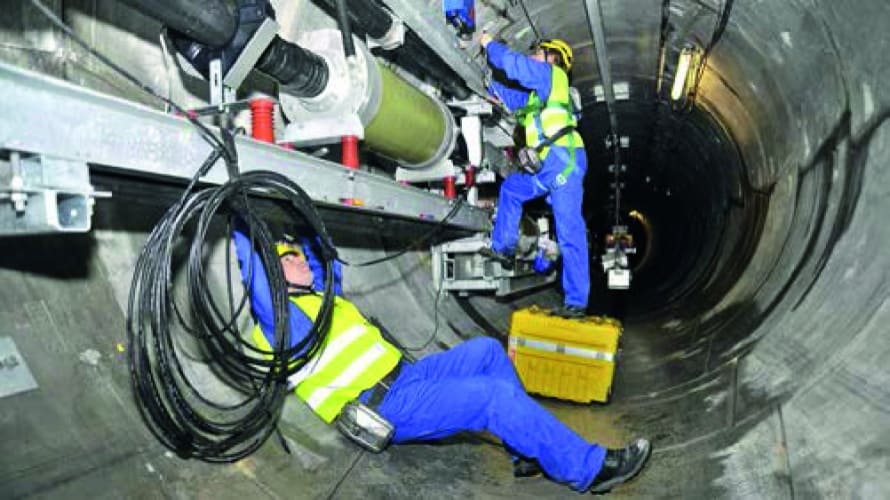
The correct design and the quality of production of XLPE cable and its accessories, terminations and joints, is checked by various routine tests at the manufacturer’s plant according to relevant standards.
However, installation work on site poses a possible risk of introducing faults, which could negatively impact reliable operation over time. Small particles, dust, and moisture might lead to defects in electrically critical locations of the accessories. Dielectric tests performed on site are therefore highly recommended. These supplementary tests are aimed at checking the dielectric integrity of the fully assembled cable line in order to eliminate defects caused by damages during transportation and lay-out or incorrect assembly of the accessories.










Simulations show Optimal Design for Bladeless Wind Turbines
"an 80cm mast" Really? I'm short but that's only half my height! Do they mean 800cm?